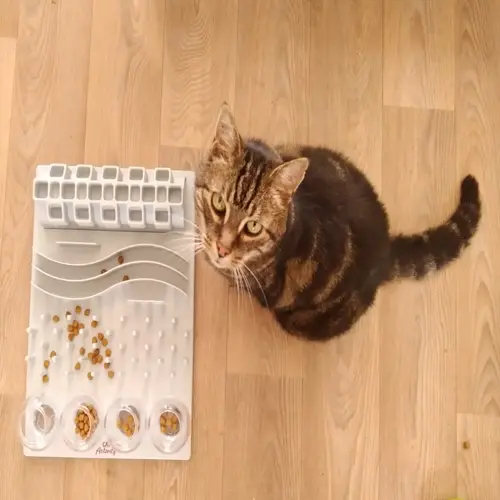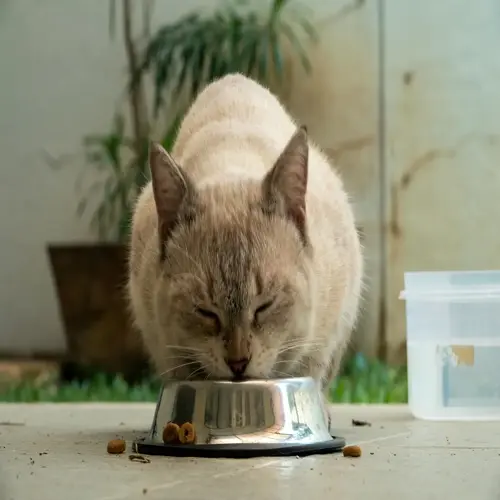Do cats isolate when nearing end-of-life?

Written by
Robert Brown
Reviewed by
Prof. David Walsh, Ph.D.You find that your elderly cat is hiding in quiet isolation. End-of-life isolation occurs in many cats, but it is not the only reason for solitary behavior. As a veterinarian, I help owners identify terminal withdrawal from treatable conditions. Scrupulous observation reveals critical differences.
End-of-Life Signs
- Complete refusal of food and water for 24+ hours
- Inability to rise from resting position
- Labored abdominal breathing patterns
Treatable Conditions
- Selective eating but maintaining hydration
- Mobility issues with clear pain locations
- Hiding with periodic social interaction
Behavioral Differences
- Final stage cats often seek cool dark spaces
- Sick but recoverable cats prefer proximity to owners
- Vocalization changes differ between pain and decline
Establish comfort stations in proximity to concealment locations for end-of-life felines, ensuring accessible pads and water are nearby. Utilize heated beds set to a maximum temperature of 102°F and maintain a low-noise environment. These interventions allow for dignity through natural death.
Track vital signs if possible. Note respiratory rates over 40 breaths per minute. Check gum color for pallor. Feel for subnormal body temperatures. These metrics help veterinarians assess progression compassionately.
Reach out to hospice veterinarians to determine if they have a plan in place for end-stage care. They have protocols for managing pain. They are also able to educate you on gentle handling methods. They can also provide you with resources for emotional support. A more holistic approach will honor your relationship during this tough time.
Read the full article: Cat Hiding Behavior Explained: Causes and Solutions

